© ROOT-NATION.com - Use of content is permitted with a backlink.
Apple announced this week that it will support RCS starting in 2024. This decision effectively ended one of the longest and most confusing conflicts between iOS and Android.

If you don’t know what that means, don’t worry: we’ll tell you what might change with Apple’s adoption of the next-generation GSMA messaging protocol. But first, a little history.
What is SMS?
Short Message Service (SMS) is one of the most widespread messaging protocols on the planet. It dates back to the early days of mobile technology. In December 1992, Neil Papworth, then an engineer at Vodafone, sent the first SMS message wishing his boss a “Merry Christmas”. At the beginning of 2011, approximately 80% of all cell phone users in the world – that’s about 3.5 billion people – sent SMS messages every month.
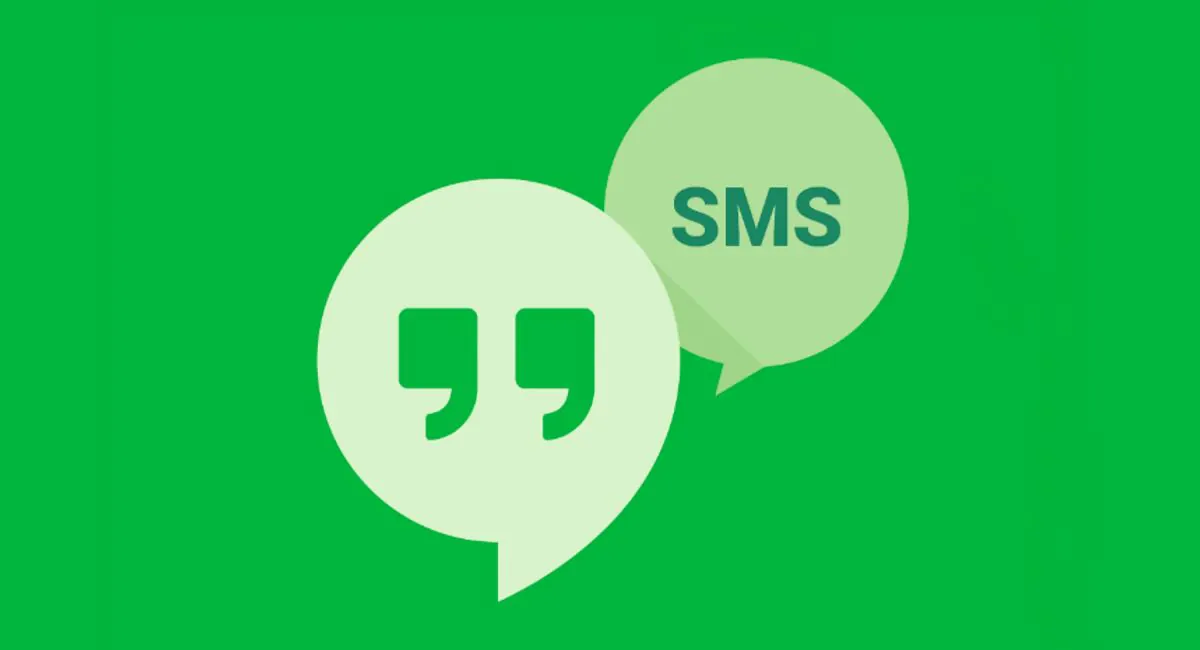
In 2023, however, the standard has some notable shortcomings. SMS messages are limited to 160 characters, and the texts you send can’t contain photos, videos, audio or GIFs. For this, cell phones have long turned to an auxiliary protocol known as multimedia messaging service (MMS), but it too has its technical limitations, particularly the very small message size. SMS also does not support end-to-end encryption.
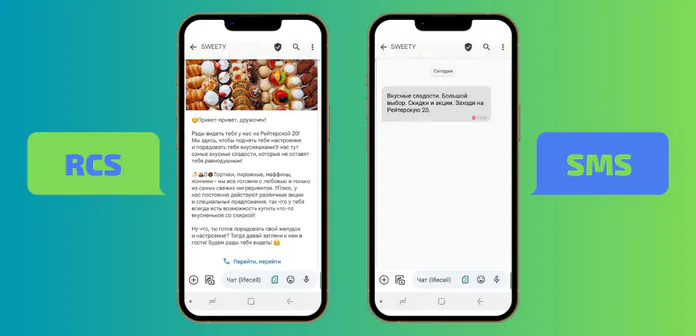
But while SMS seems outdated in an era dominated by instant messaging platforms, it has one defining advantage: SMS messages travel through your carrier’s mobile network, meaning you don’t need the mobile internet to use the technology. This fact means that SMS often serves as a fallback for more advanced protocols, including iMessage.
What is RCS?
RCS is short for Rich Communication Services, although it is sometimes also referred to as “Advanced Messaging”. Either way, it is often positioned as the next generation replacement for SMS and MMS. RCS allows users to take advantage of many features that were previously exclusive to messaging platforms like Telegram.
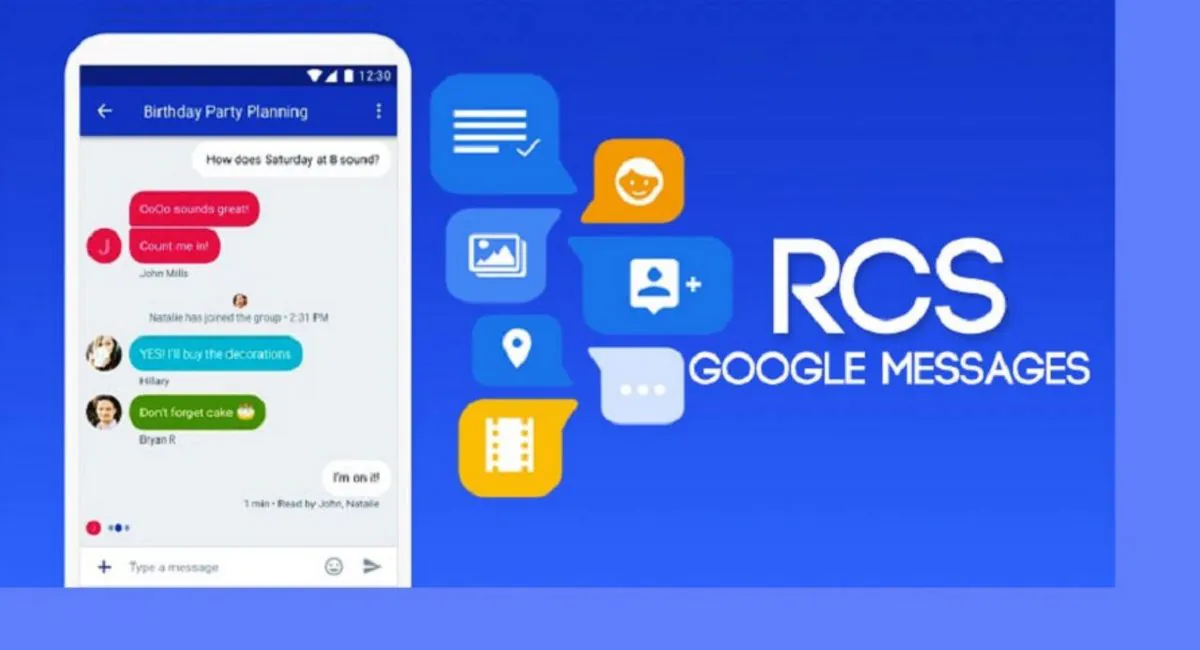
For example, the RCS Universal Profile includes full support for read reports and typing indicators. It can also facilitate proper group chats and allows users to send high-resolution images, videos, and audio clips. As of earlier this year, Google’s RCS implementation also offers end-to-end encryption (E2EE) by default for both individual and group chats.
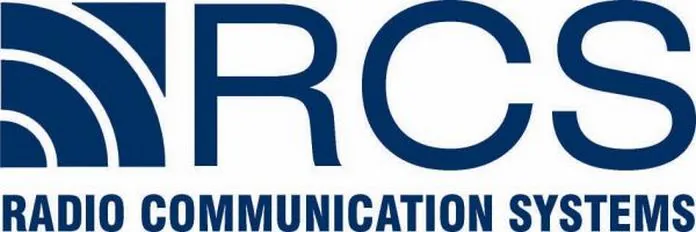
Unlike SMS messages, RCS messages are routed via mobile internet or Wi-Fi, with SMS functioning as a backup. For this reason, the old protocol is not likely to go anywhere anytime soon.
It is important to remember that RCS is not, and was never intended to be, a replacement or competitor to instant messaging applications. RCS is essentially a communication protocol between mobile network operators and between your phone and the operator. You don’t have to sign up for a new service to take advantage of RCS. If your phone and carrier support RCS and you use a compatible application like Google Messages, you can take full advantage of this protocol – provided, of course, that the person or people with whom you are messaging meet the same requirements.
How does iMessage fit into all of this?
Apple announced iMessage in June 2011. Unlike RCS, iMessage is a proprietary messaging protocol that is controlled exclusively by Apple and is available (except for some unofficial workarounds) only on iPhone, iPad, Apple Watch and Mac devices.
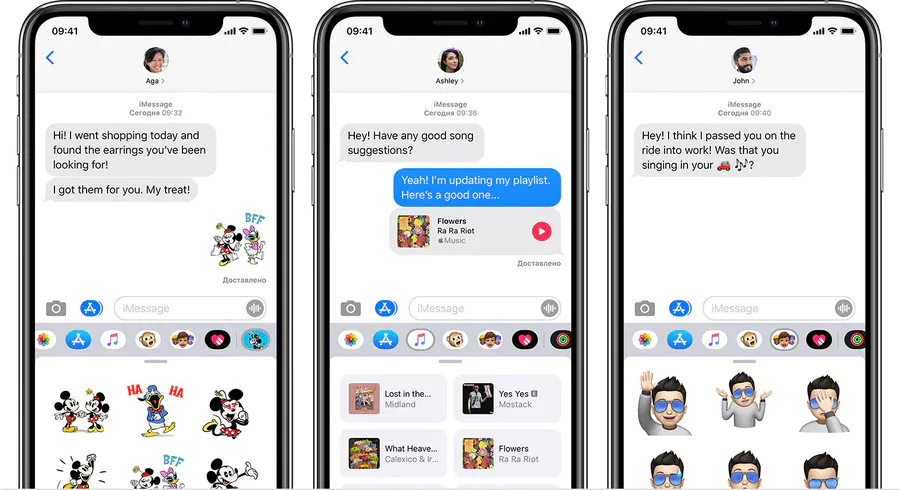
Apple plans to integrate RCS support into its Messages app starting in 2024. However, for now, the two protocols do not communicate with each other. Thus, the Messages app will default to SMS/MMS when users try to send texts and media files to someone with an Android phone.
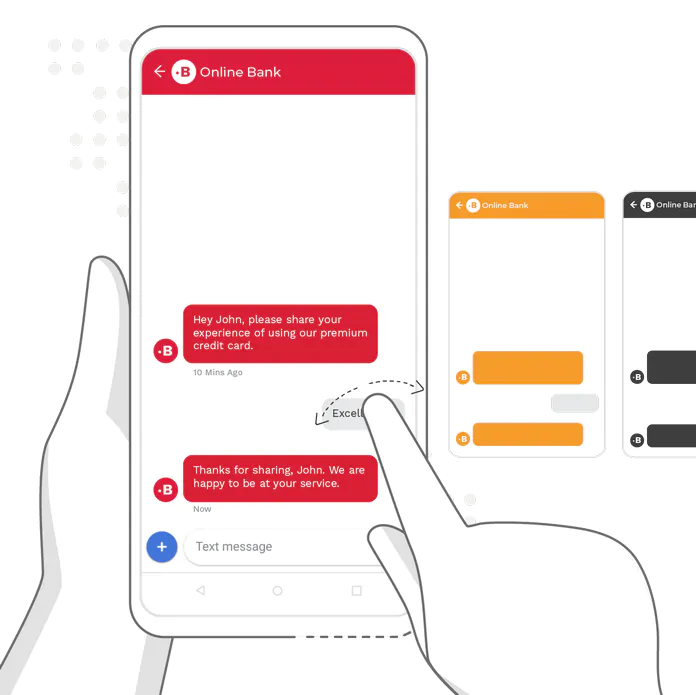
From the perspective of an iMessage user, it may seem like Android users are stuck in a bygone era of messaging – even though the latter isn’t to blame for the situation. Because iMessage relies on SMS/MMS to communicate with Android, media files become pixelated, there are no read reports or typing indicators, and forget about trying to get multiple iPhone and Android users into one group chat.
How did we come to this?
Although work on RCS began before Apple announced iMessage, the protocol had one significant flaw that doomed its slow deployment. RCS is a multi-stakeholder project that includes the involvement of the GSMA, a trade organization that represents the interests of the mobile industry as a whole. In 2015, Google took a more active role in the rollout of RCS by acquiring Jibe Mobile. With Jibe’s technology at its core, Google is effectively the glue that holds the RCS ecosystem together, but for a long time the company has done a poor job of directing everyone involved in RCS toward a common goal.
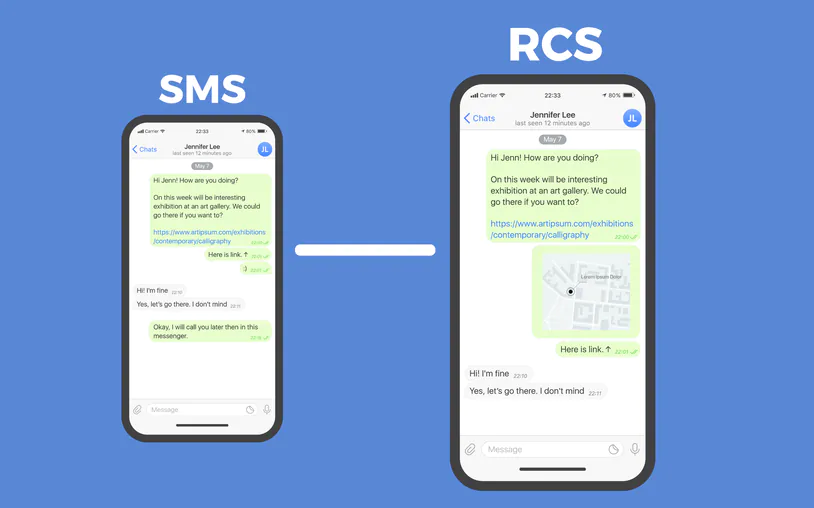
In fact, the early days of RCS were marked by false starts: some carriers, notably the AT&T group, T-Mobile and Verizon, formed a short-lived joint venture to promote the protocol and then joined Google. Even Samsung did things its own way for a while before eventually agreeing to make Messages by Google the default messaging app.
For this reason, Apple had little reason to embrace RCS. After all, why would it give a hapless competitor a freebie? And as recently as last year, it seemed like this situation wasn’t going to change much anytime soon. “I don’t hear our users asking that we spend a lot of energy on this,” Apple CEO Tim Cook said at the 2022 Code Conference when asked about RCS messaging. “Buy your mom an iPhone,” was his last word on the subject.
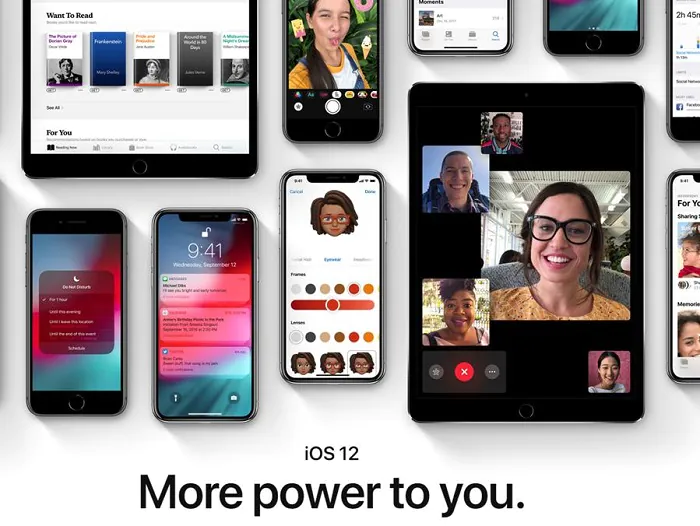
But also last year, the European Union passed its landmark Digital Markets and Services Act (DMA). The legislation requires “gatekeepers” not to prioritize their own systems or restrict third parties from interacting with them. A gatekeeper is any company that meets certain financial and usage requirements. Apple, according to the law, is one such company.
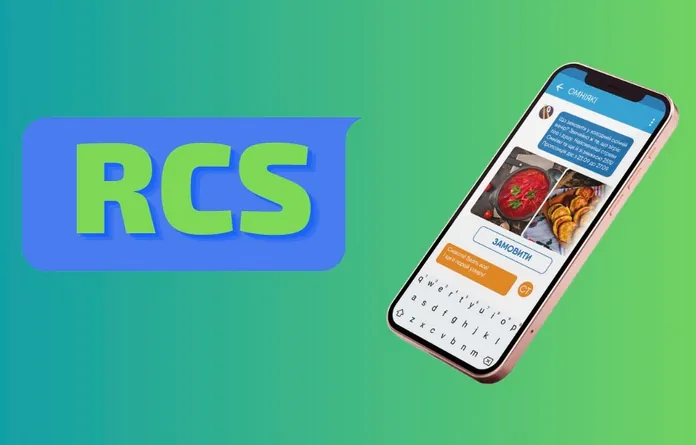
In early November, Google filed a complaint with the European Commission alleging that iMessage violates the DMA. It’s probably no coincidence that Apple’s RCS application coincided with the deadline for companies to challenge the DMA at the EU General Court. On Friday, the EU announced that Apple is challenging the DMA’s designation. Details of the company’s complaints were not disclosed, but Bloomberg reported last week that Apple plans to appeal the gatekeeper designation for both iMessage and the App Store.
Does Apple’s RCS support mean the end of green text bubbles on iPhones?
It’s still too early to tell. On Thursday, Apple provided some valuable details about how it plans to display and handle RCS messages on its devices. Moreover, the company noted that iMessage “will continue to be the best and most secure messaging service for Apple users.” However, even if one takes this statement to mean that iMessage will continue to display texts from non-Apple devices differently than those sent from an iPhone, iPad, or Mac, Apple’s adoption of RCS will result in a better user experience for both iOS and Android users.
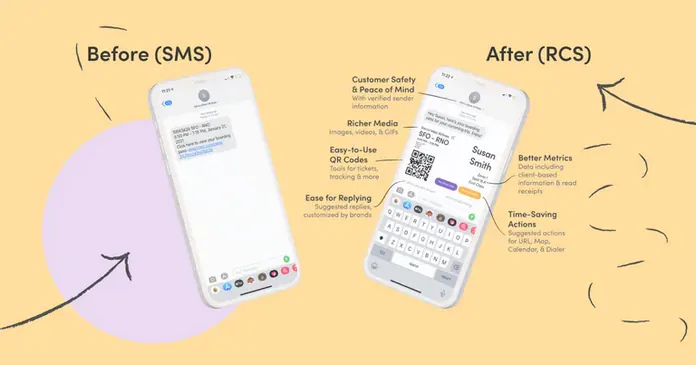
Again, Apple has yet to provide specifics, but it’s not hard to envision a future in which its Messages app, thanks to RCS, will properly display high-resolution images and videos sent from Android phones, and allow iOS and Android users to participate in group chats without any barriers. Apple also said Thursday that it will work with GSMA members to improve the existing Universal Profile protocol, focusing on adding end-to-end encryption to the standard.
Of course, it is still difficult to answer the question of whether this interoperability will put an end to the stigma around green bubbles, but as they say, we’ll see.
Read also:
Source: Engadget

